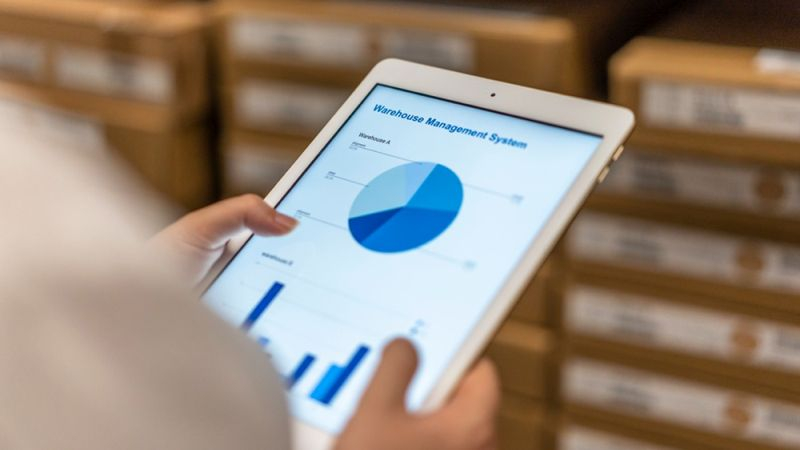South Korea’s semiconductor industry is critical to the nation’s economy but continues to show growing dependence on raw material supplies from China, a study released this week by the Export-Import Bank of Korea found.

At least 2022 data shows that South Korea’s dependence on China for silicon supplies increased from 68.8 to 75.4%, for rare earth metals from 59.6 to 61.7%, for tungsten from 68.2 to 68 .6%, for germanium from 56.9 to 74.3%, and for gallium and indium from 26.5 to 46.7%. There are examples of reducing dependence: fluorspar, used in the production of hydrofluoric acid, in terms of imports from China to South Korea, at the end of 2022, reduced its share from 49.9 to 47.5%. The entire semiconductor industry in South Korea is heavily dependent on imported raw materials, and this is most pronounced in the Chinese direction.
At the same time, in recent years, South Korean memory manufacturers have been in no hurry to withdraw their enterprises from China, since during negotiations with the US authorities they managed to achieve some concessions. Accordingly, Samsung Electronics at its plant in Xi’an, China, produced about 36% of all NAND memory by the end of 2022, and last year increased its share to 37%. The Chinese enterprise SK hynix in Wuxi provided 49% of all DRAM chip production in 2021, but last year the share was reduced to 42%, although this year it will still remain above 40%. However, the ban on investment in Chinese enterprises has significantly reduced the flow of capital from South Korea, as noted in the report.
Experts also explain that to effectively reduce the dependence of South Korean industry on China, it is necessary to introduce information systems that would allow rapid monitoring of changes, as well as better coordination of national industrial policy with the country’s security interests.